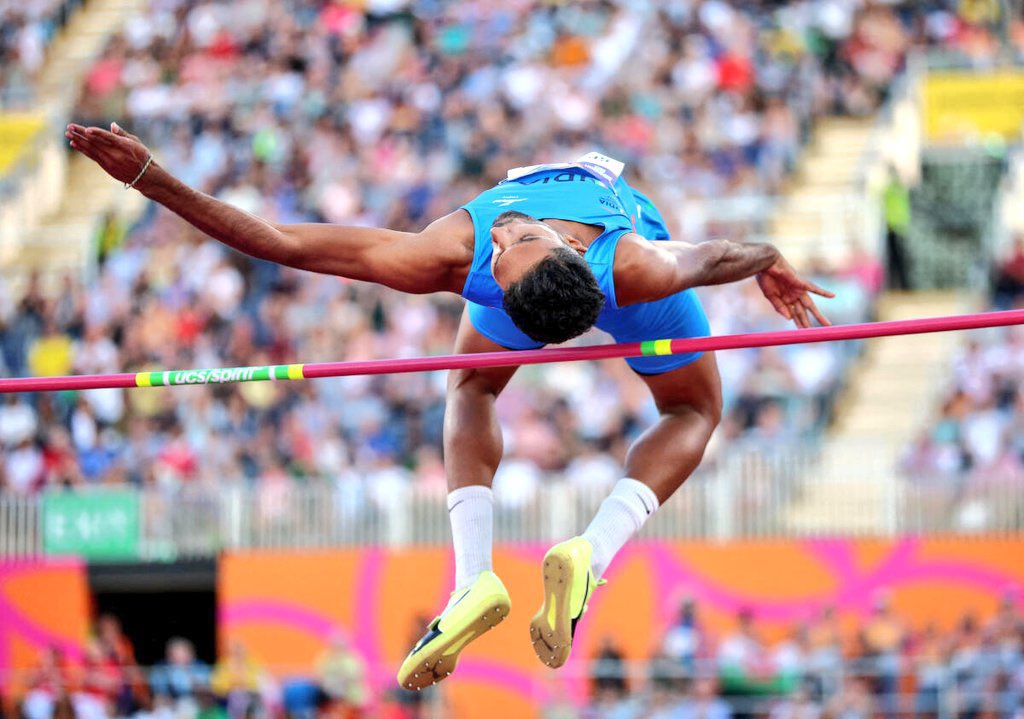Cricket:
Madan Lal, Former India and Delhi cricketer, winner of 1983 World Cup:
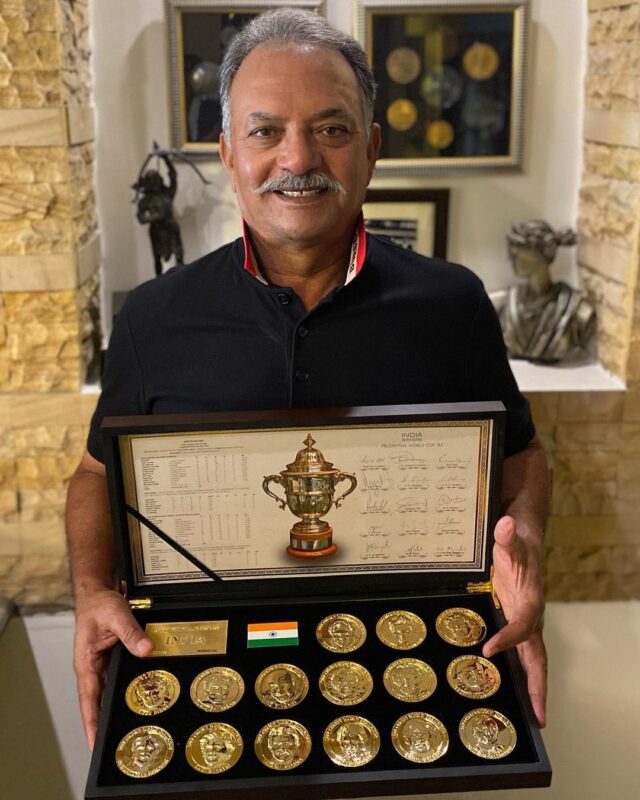
Over the years, cricket facilities have improved in Delhi, and there are many practice avenues for youngsters and cricketers. There is also no dearth of talent.
However, Delhi cricket is lacking in guidance. Someone is needed to guide the players, the team and make them realize the importance of playing for Delhi. There is no pride among players in playing for Delhi nowadays.
When I joined Delhi about half a century ago – in 1974-75, we were not winning. Being the capital, Delhi always had a big name. There were big players…but they were never winning. However, Bishan Singh Bedi, who had come here and joined Delhi before me and was our captain, inculcated the winning attitude among us. Soon we also had the Amarnath brothers (Surinder and Mohinder) and the late Chetan Chauhan joining us, and we began winning the Ranji Trophy (national cricket championship).
Infrastructure wasn’t that good during our time. There were only 2-3 practice wickets at the Feroz Shah Kotla. Practice facilities were okay, but not very good. Back then, facilities for kids used to be few, and state players used to come from university cricket. There is better equipment now. Even kids have access to good equipment and practice facilities as there is an increase in the number of private academies in the capital and adjoining areas.
Facilities and grounds with pitches have improved and increased all across Delhi…you don’t have to worry about practice.
Overall, cricket and infrastructure has progressed a lot.
But still, the Delhi state teams are not doing well in national competitions. That is because the players don’t have the winning habit.
There is no one to organize them. Things like team culture and physical fitness need to be developed.
You have seen so many Delhi players representing India in the last decade and two like in our days in the 1970s and 1980s. However, Delhi fails to win the national title. I feel many cricketers take Delhi’s Ranji or limited-overs matches as a springboard to the Indian Premier League. That is a very wrong attitude. A winning attitude is cultivated while playing for the state and winning the title.
Players are lackadaisical because they are earning good money, especially through IPL. They don’t cherish the value of the team. They have to take pride in playing for the state team.
Hockey:
Harbinder Singh, former India player and Olympic medallist:
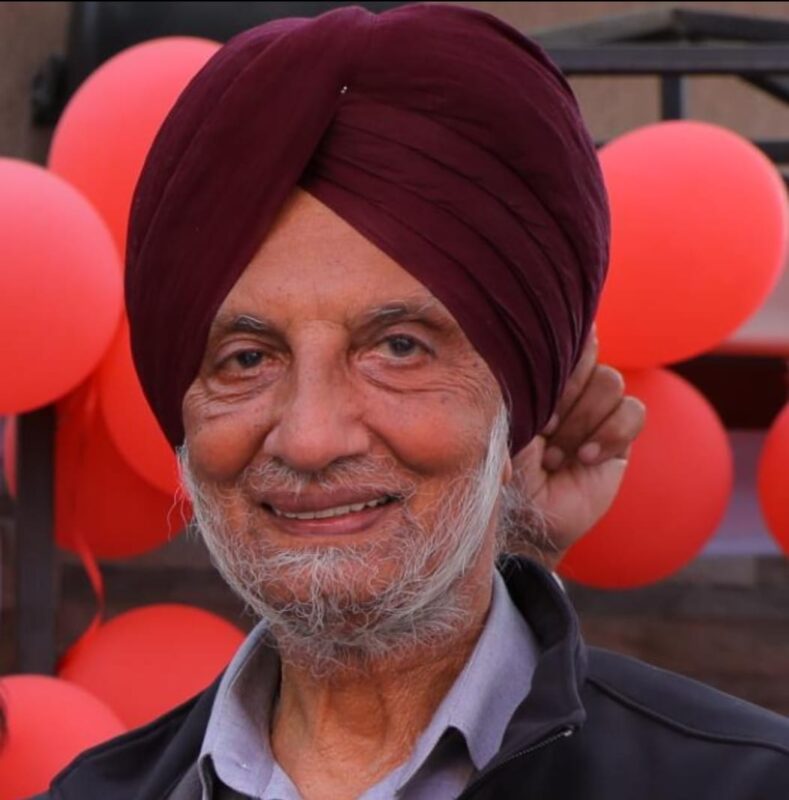
For the past 35-40 years, Delhi hasn’t produced much great talent regularly. There was a time when the likes of Ashok Diwan, MK Kaushik and Vineet Kumar were groomed in the city league and then went on to don India colours. The standard was high as there were many clubs in the city. The players used to get prepared in the clubs and then would join departments. Like Diwan joined Railways, the late Kaushik joined Tata and Kumar joined Airlines where they would play quality matches.
The clubs in Delhi would act as a feeder system to the departments and also to India.
However, what has happened over the years is that the capital has lost its place among the hockey nurseries and is no longer producing good talent.
The Delhi Hockey Association, to its credit, has taken initiative in recent times and some new clubs have emerged, but there is still a dearth of talent in hockey.
Initially, there was a lack of astro-turfs, the surface on which modern hockey is played. Back in the day, when hockey was played on grass and the young talent was also accustomed to playing local hockey on grass, transition to national and then to international level was easy. But the switch to astro-turf saw the players struggle in adjusting.
Being the capital, Delhi should have had a lot more astro-turfs. However, in recent times we have seen turfs being laid out in some places and the Sports Authority of India (SAI) has also opened the Major Dhyan Chand National Stadium for players to practice free of cost.
This should help in enhancing the quality of players.
Athletics:
Gurbachan Singh Randhawa, former international athlete, Asian Games gold medallist and Olympian:
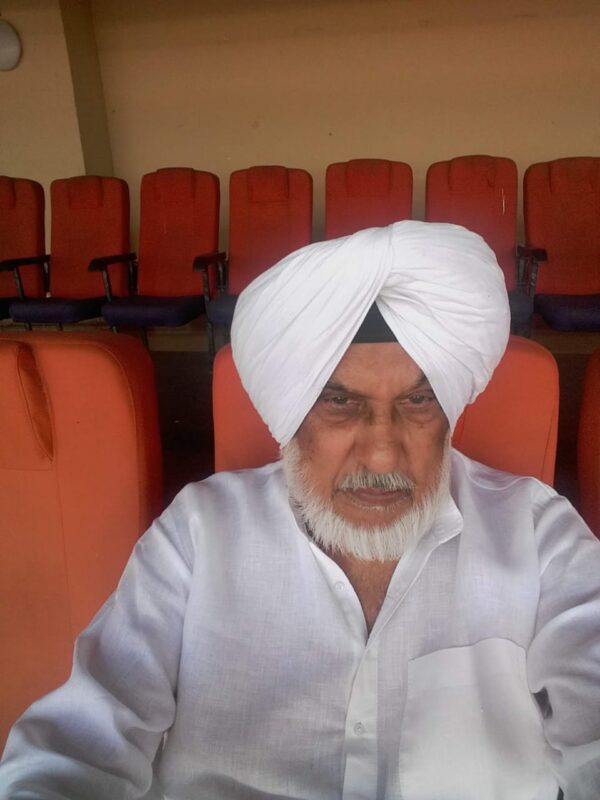
I remember in my early years in competitive athletics, at one time, probably around 1960, Delhi’s athletes held seven national records, including four by me. These were the records that I remember. There may have been more. They were not just winning medals, but creating records too. The quality was extremely high at that time despite the competition being less. For some reason, things slackened from 1970 onwards. The quality had dipped by the time I left Delhi – on work transfer – for 12 years in 1982.
Being the capital and loaded with good training facilities here, I think Delhi should have produced a lot more quality athletes.
I still remember when we used to have competitions at the Karnail Singh Stadium, it would be decked up as if the Olympics were being held, and there would be a big crowd. The stadium was well-maintained. There was interest among the public in those days. However, that interest seems to have waned.
Also, it depends on individuals. Back in our day, we had Joginder Singh Saini, who was the chief national coach. Then he went to the National Institute of Sports, Patiala. Coaching suffered a bit after him.
However, I think there is plenty of hope now. Some fresh talent has emerged. High jumper Tejaswin Shankar, who holds the national record, won bronze at the recent Commonwealth Games. Amoj Jacob won gold at the Asian Athletics Championships in 4x400m recently. The new dispensation at Delhi Athletics Association has been doing a good job over the last 3-4 years. But there should have been a lot more quality over the years.
Wrestling:
Ramphal Mann, Dronacharya awardee and coach of Olympic medallists Sushil Kumar and Yogeshwar Dutt:
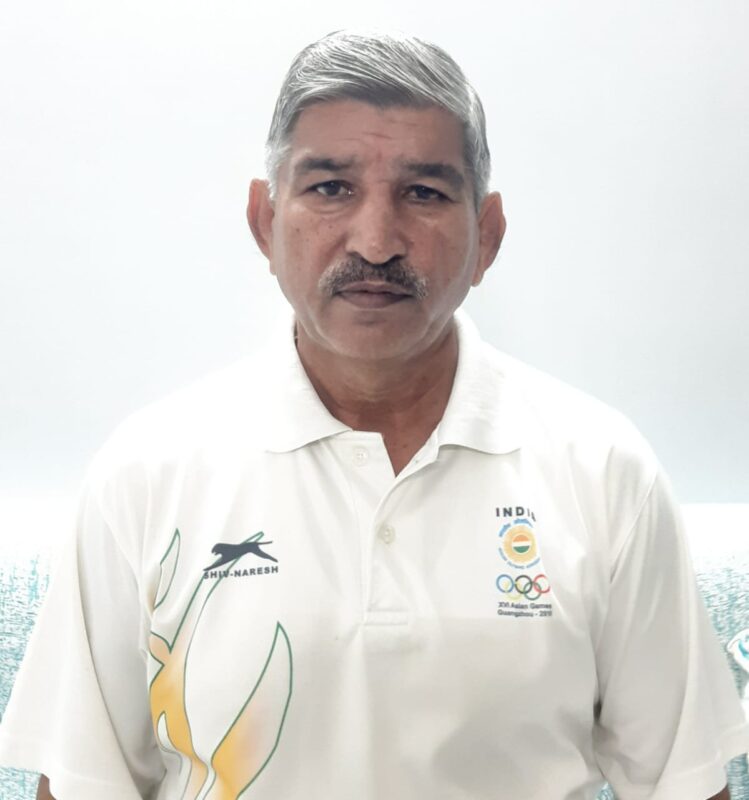
Wrestling is one sport that has gained leaps and bounds in quality. Interest was always there since it is an age-old sport and was practiced in the akharas under the traditional system. However, what has changed over the years is that we have managed to adopt modern methods. I started a wrestling akhara at the Chhatrasal Stadium in 1988 with the objective of giving to the wrestling trainees what they lacked in a traditional akhara. Except for the mess for food, which was a cooperative effort of the trainees, thankfully everything was provided for by the Delhi Government at Chhatrasal. I began with 6-7 kids, and soon following positive results, the number of trainees increased. After Sushil Kumar and Yogeshwar Dutt, both Chhatrasal trainees, participated at the 2004 Athens Olympics, interest increased. And when both Kumar (2008 and 2012 Olympics) and Dutt (2012 Olympics) won medals, interest grew further.
There was emphasis on learning through books and videos at Chhatrasal and modern methods were adopted. In earlier days, you used to have bouts for an hour or two in akharas but now there are six-minute bouts in international competitions and you need that type of training.
Over the past few years, the akharas have also started to adopt modern methods. There are gym facilities in most places. The wrestling techniques have changed, so they had to change and the focus is to compete in international events.
In akharas earlier, things would be insouciant as there was no control over what the trainees were doing. We began a system at Chhatrasal where everyone was looked after carefully including where they were going or what they were eating. That sort of discipline along with diet and training is needed and we have seen the results. Chhatrasal Stadium Wrestling Academy has also produced Ravi Dahiya, who won a silver at the Tokyo Olympics.
Football:
Surinder Kumar, ex-India footballer who played for Mohammedan Sporting, Simla Youngs FC and was the first Delhiite to play for Indian schools:
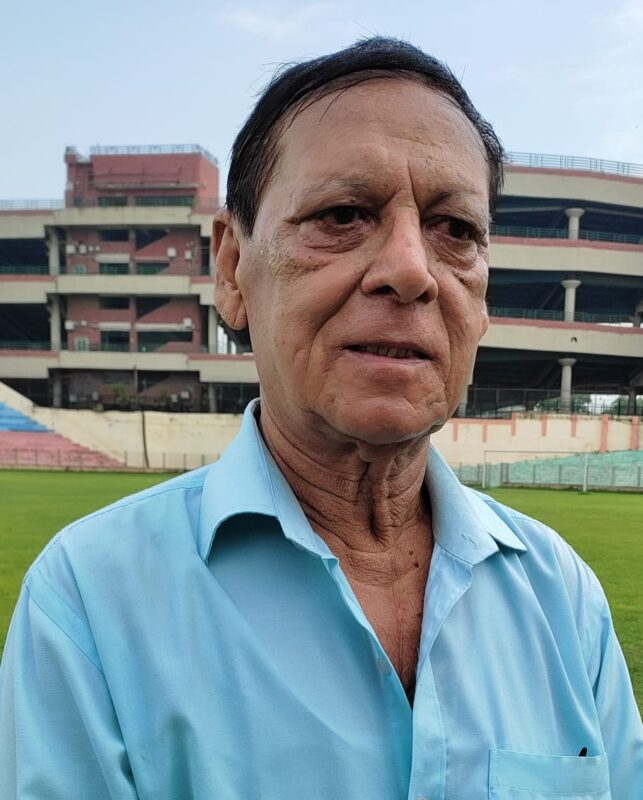
Delhi had a robust football culture but there was a dip in quality as well as interest in the 90s and the noughties. Part of the problem lay in the fact that the finances had dried up. However, of late, there has been an interest with some corporates and companies chipping in. Earlier, individual patrons would chip but over the past few years, we are seeing the game grow. There are a lot of players who have come from outside the state like North-East and settled here, thereby enriching the game. One thing that is missing from here is the lack of top tournaments. Earlier, Delhi hosted the DCM Trophy and the Durand Cup and a lot of Delhi clubs would compete in them. It attracted a lot of interest. However, nowadays, there are no big tournaments in Delhi which can attract crowds or fans. Also, lack of big tournaments means lack of opportunities for the clubs. A lot of good talented players would leave Delhi and ply trade in other states where football was followed. But I think involvement of corporates and businesses should help in a professional set-up and earning good money for players.
For more stories that cover the ongoings of Delhi NCR, follow us on:
Instagram: instagram.com/thepatriot_in/
Twitter: twitter.com/Patriot_Delhi
Facebook: facebook.com/Thepatriotnewsindia

